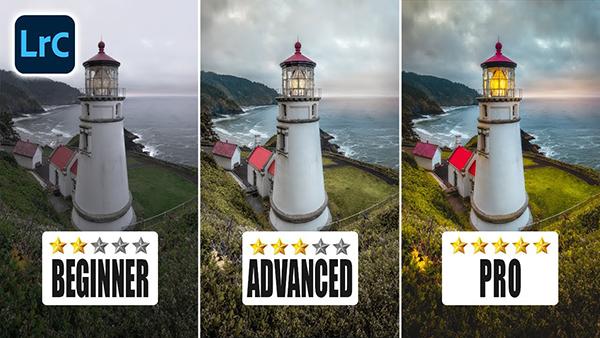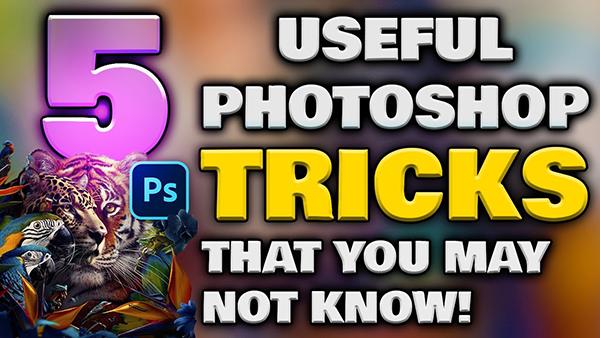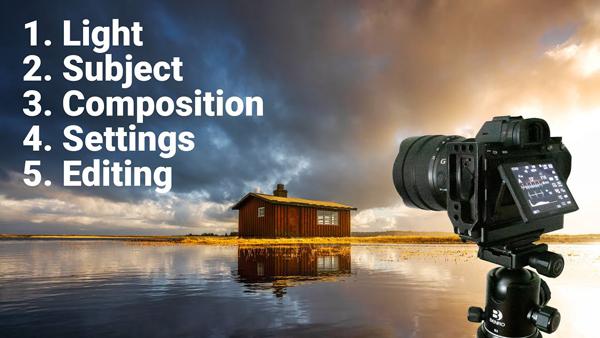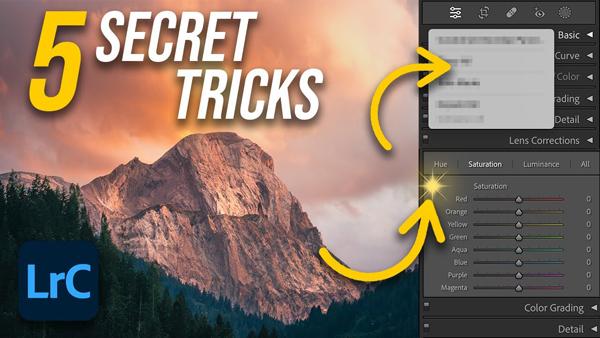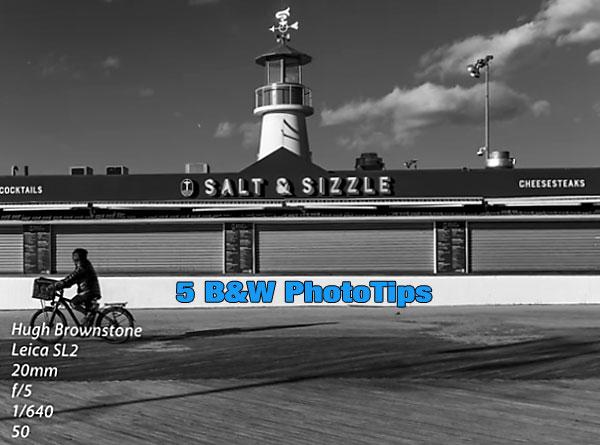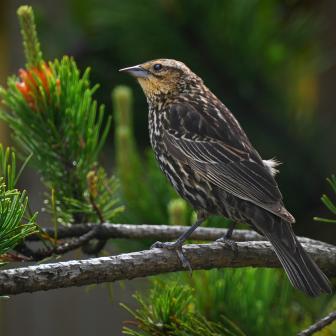Photoshop How To
Sort By: Post DateTitle Publish Date
|
Aug 22, 2023
|
Nov 23, 2022
|
Jun 08, 2022
|
Jul 28, 2020
|
May 20, 2024
|
Aug 12, 2021
|
Nov 11, 2022
|
Jun 04, 2018
|
Mar 07, 2019
|
Mar 19, 2018
|
Mar 10, 2023


